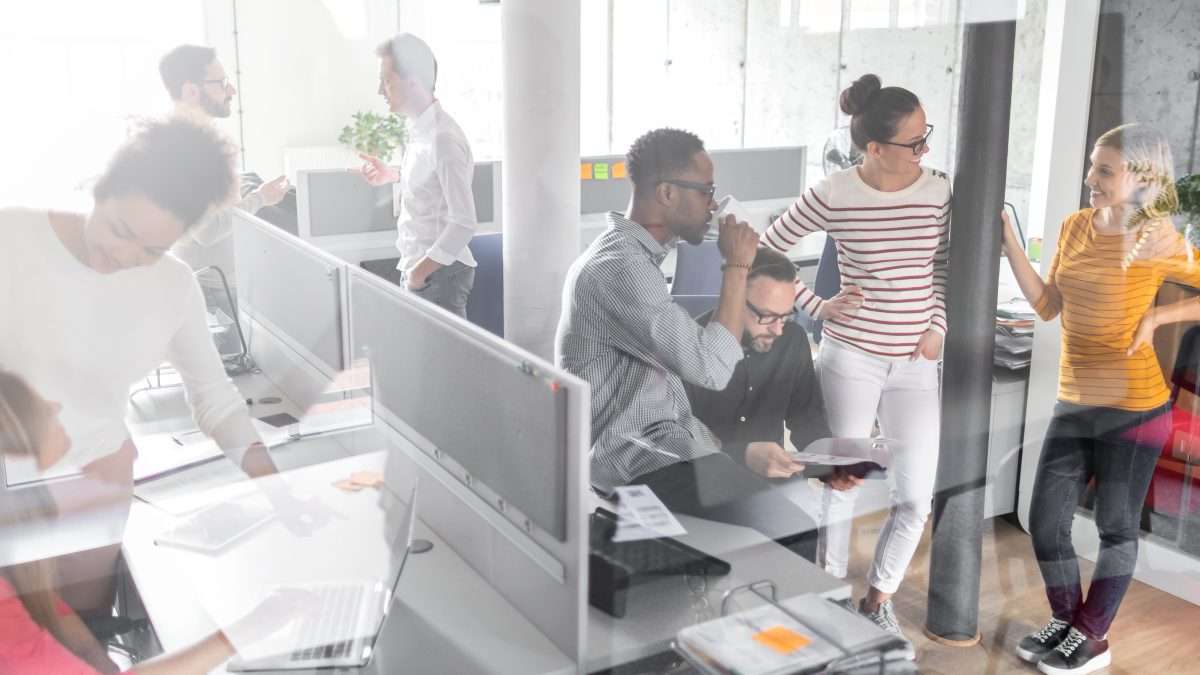The Canadian Centre for Occupational Health and Safety (CCOHS) recently hosted a free webinar, Climate Change: Workplace Impacts, that explored how climate change affects both our physical and mental health as well as safety in the workplace.
Climate change can have far-reaching impacts on the environment, the physical workplace, and workers. The UN defines climate change as long-term shifts in temperatures and weather patterns. These shifts may be natural, such as through variations in the solar cycle, but since the 1800s, human activities have been the main driver of climate change, primarily due to burning fossil fuels like coal, oil, and gas.
The panelists discussed the psychological impacts climate change can have, potential threats, and measures to prevent possible hazards in your working life. The line-up of speakers included:
- Katharina van Bronswijk, Cognitive Behavioural Therapist, Psychologists for Future
- Joanna Eyquem, Managing Director on Climate-Resilient Infrastructure, Intact Centre on Climate Adaptation, University of Waterloo
- Anne Tennier, President and CEO, Canadian Centre for Occupational Health and Safety
Click here to watch Climate Change: Workplace Impacts or read on for highlights from the discussion.
To start off the discussion, the panelists emphasized that climate change is happening now and we see the effects all around us—rising water levels, intensification of extreme weather events, changing water levels, etc. Joanna Eyquem noted that there are two sides of urgent climate action: adaptation, which is managing the unavoidable, and mitigation, which is avoiding the unmanageable, while stressing that we must do both. Climate change unfortunately cannot be reversed but we can adapt and tackle climate risk.
Eyquem discussed how every sector is impacted by physical climate risk. It’s not just an environmental issue but a financial issue as well. Catastrophic insurable losses in Canada are on the rise. Many work hours are lost when workers are dealing with extreme weather events like flooding, which we saw during the 2013 Calgary floods. Insurance premiums are also on the rise and many investors look at an organization’s climate risk disclosures before making any financial decisions. There are also infrastructure impacts to our electrical systems, transit systems, telecommunications, water systems and more. Community services like health and social service systems can also be overwhelmed. The impacts of climate change can therefore affect any organization.
Anne Tennier talked about the impacts of climate change on occupational health and safety, it impacts our natural resources, has socio-economic impacts and also impacts individuals. Tennier noted a psychological impact on workers, and many of them feel climate anxiety. Climate anxiety can cause insomnia, feelings of stress and hopelessness. Tennier also notes that there is a disproportionate effect on vulnerable populations, and on frontline workers (as opposed to knowledge based workers).
Katharina van Bronswijk built on Tennier’s point by mentioning that there are also biological impacts on workers, like dealing with heat stroke,extreme temperatures, and air pollution, which lead to greater rates of respiratory problems, cardiovascular disease, and other health issues. Van Bronswijk once again emphasized that marginalized groups are disproportionately affected by climate change.
Resilience and taking action is the way forward
Van Bronswijk noted that we need to be resilient when dealing with climate change. She defines two types of resilience: adaptive and transformative, which can occur on both the individual and the collective level. Some examples include:
- Adaptive resilience
- Individual level: preparations for extreme weather
- Collective level: emergency response plans, heat strategies
- Transformative resilience
- Individual level: learning a new job because of fossil phase out
- Collective level: rethinking infrastructure and city planning
All panelists agreed that taking action can help reduce climate anxiety. Individuals can donate to organizations, contact elected officials, volunteer, or attend a rally. It can also be helpful to seek support from others to help manage climate anxiety. On a larger scale, Tennier said that there are many cases where workers got their employers to take climate action and that more workplace leaders are feeling the pressure to act.
Employers should take the time to learn about the impact of climate change on workers, especially those from underrepresented groups, and align their policies and practices with health care practices and if possible, should also provide extended support to families. The panelists concluded that stronger, more resilient communities means stronger workplaces too.

